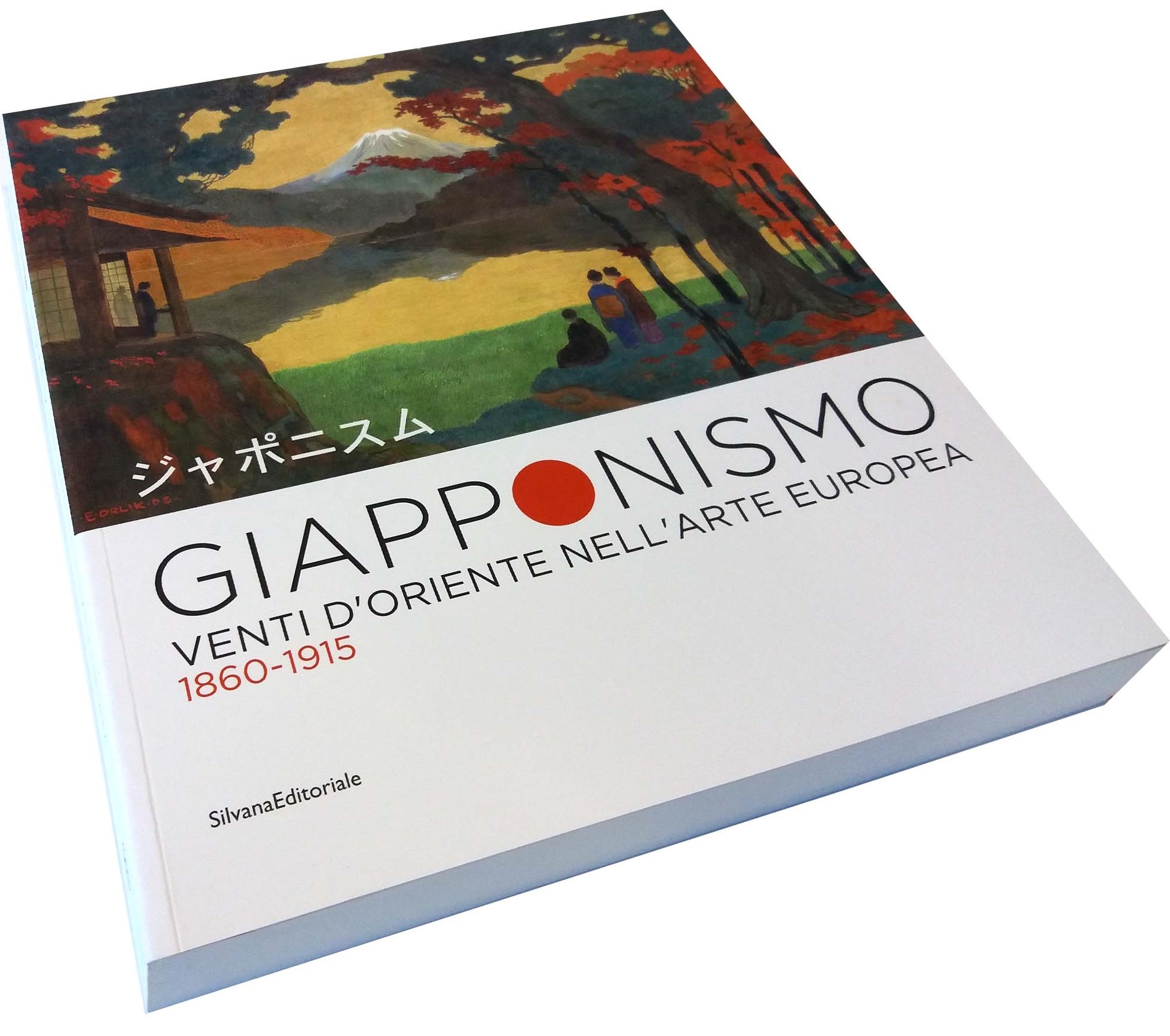
22 Apr Japonism. Winds of the East in European art, 1860-1915. Printed by Tecnostampa, Loreto.
The exhibition dedicated to the European figurative arts, inspired by the advent of Japanese culture in Europe in the second half of the nineteenth century, ended in Rovigo, at the Palazzo Roverella, on 28th January.
The book which accompanies the exhibition offers an original review of the impact of Japanese culture on European figurative arts.
Edited by Francesco Parisi
352 pages and 250 illustrations
Editor: Silvana Editoriale
Printed by: Tecnostampa Loreto
After a period of isolation that lasted more than two centuries, Japan embarked on diplomatic and commercial relations with the West. The Paris World Fair of 1867 (the Universelle Exposition) was the event that sparked the passion for Japanese art, the so-called Japonism by many artists, ushering in a real cultural trend. The period of greatest diffusion of this trend coincided fully with the various forms of Liberty.
In France, England, the Austro-Hungarian Empire, Germany and as far as Bohemia and Moravia, during a period of time from 1860 to 1915, a vast repertoire of arts – paintings, sculptures, ceramics, manifestos and engravings – were created under the direct influence of great artists such as Katsushika Hokusai, Utagawa Hiroshige and Kitagawa Utamaro.
The influence of Japanese art in France in the second half of the nineteenth century involved the most varied artistic sectors, from painting to graphics, from ceramics to architecture, making its mark on European artists such as Édouard Manet, Claude Monet, Edgar Degas and Vincent van Gogh.
Visit the video of the exhibition
https://www.youtube.com/watch?v=T4LUEhP8Pyk


